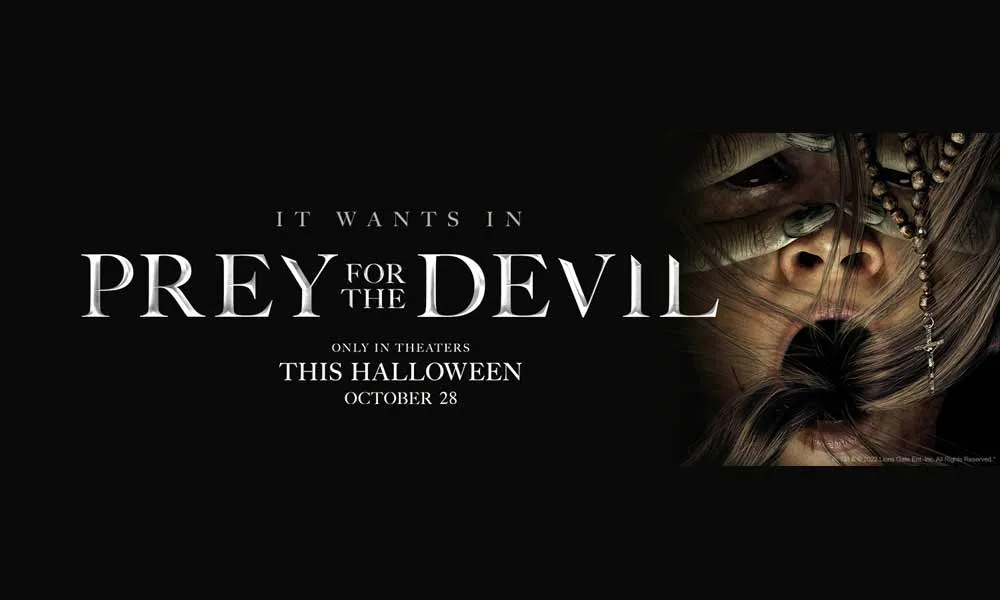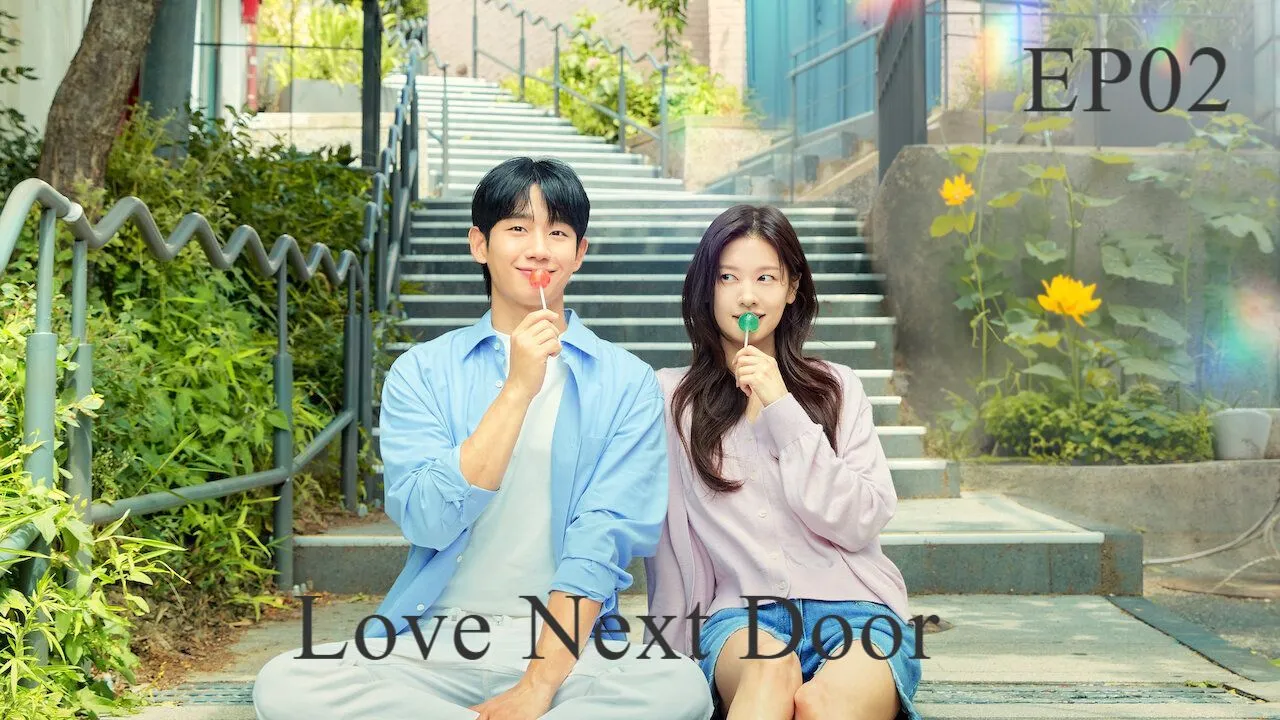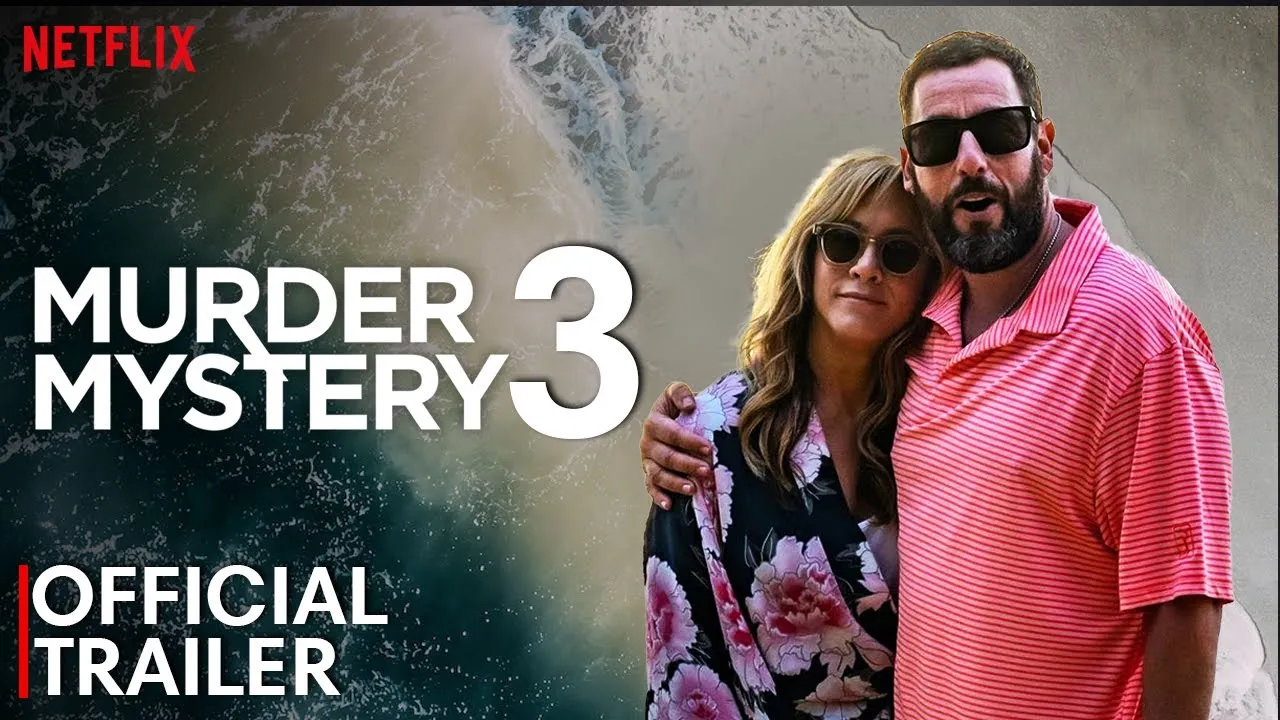The Stalking (2024): Fear Doesn’t Knock—It Watches, Waits, and Strikes
The Stalking (2024) grips viewers with a terrifyingly real fear: the presence of someone who sees you when you’re alone, listens when you think no one’s there, and waits until you’re most vulnerable. This chilling psychological horror-thriller takes the idea of being watched to an unshakable, deeply personal level.
The film follows Emma Rivera, a young artist who relocates to a quiet neighborhood seeking inspiration and healing from past trauma. But peace quickly unravels when she starts receiving anonymous messages, her belongings are slightly moved, and she hears footsteps on floors she’s not walking on. As paranoia tightens its grip, Emma struggles to convince those around her that something—or someone—is watching her every move.

Director Jordan Mears builds tension through minimalist horror: flickering lights, barely seen figures in the background, and lingering silence. The cinematography emphasizes isolation, often framing Emma through windows, doorways, and security cameras. The viewer becomes the stalker too—implicated in every chilling frame.
But The Stalking isn’t just about external fear. It’s a layered exploration of trauma, mental illness, and the way victims are often doubted before they’re believed. Emma’s journey becomes not only one of survival but of reclaiming agency in a world that ignores quiet cries for help—until it’s too late.

By the final act, the line between obsession and violence snaps. What begins as eerie unease explodes into a heart-racing final confrontation, forcing Emma—and viewers—to ask: how well do we really know who’s behind the screen, the door, or the eyes across the street?


-1753692988-q80.webp)
